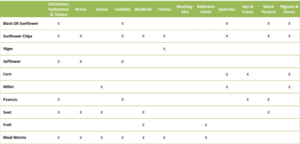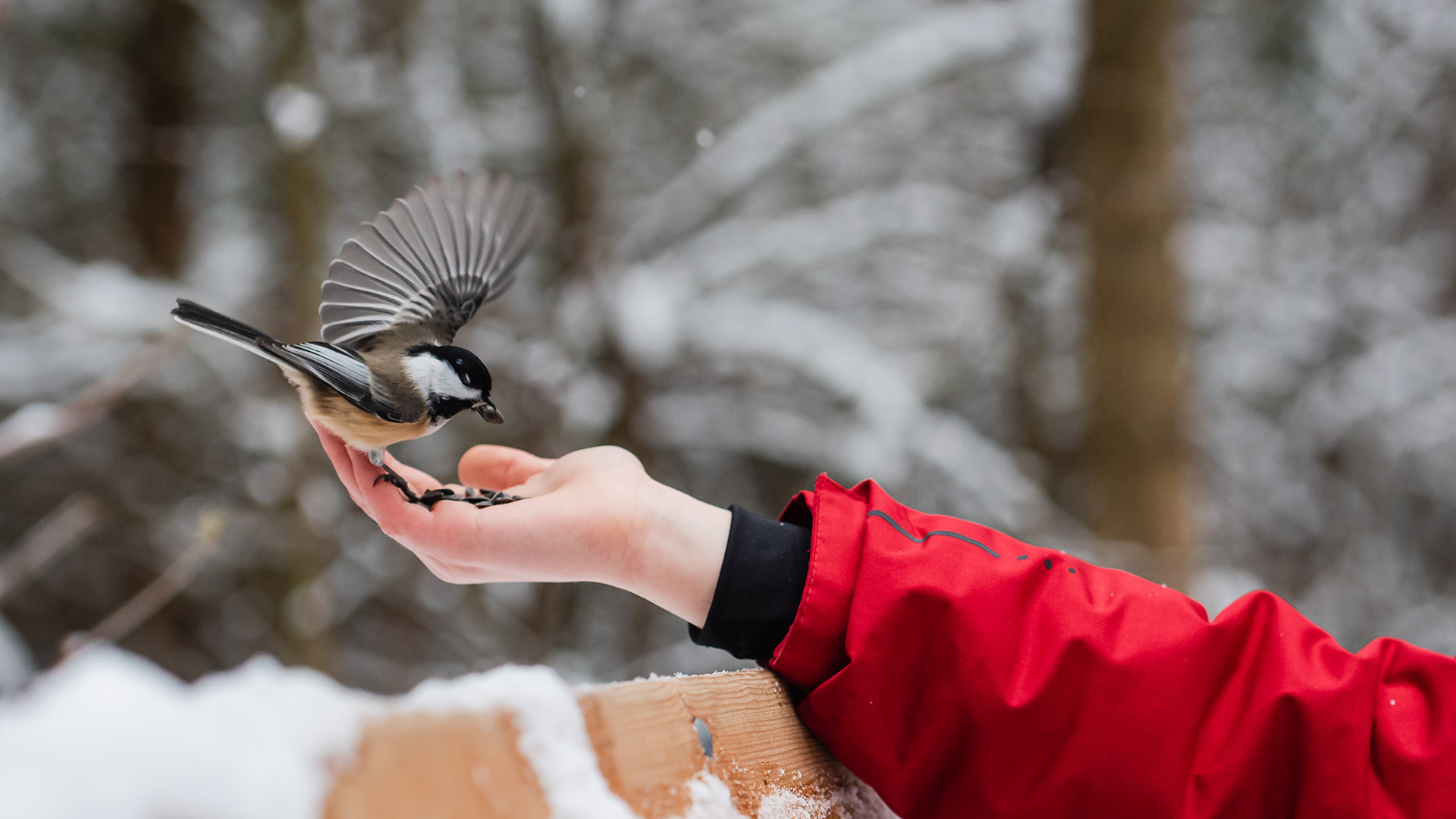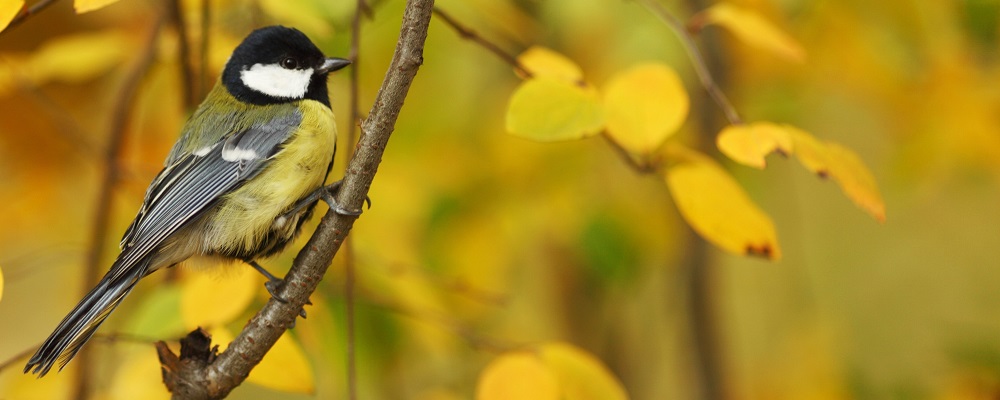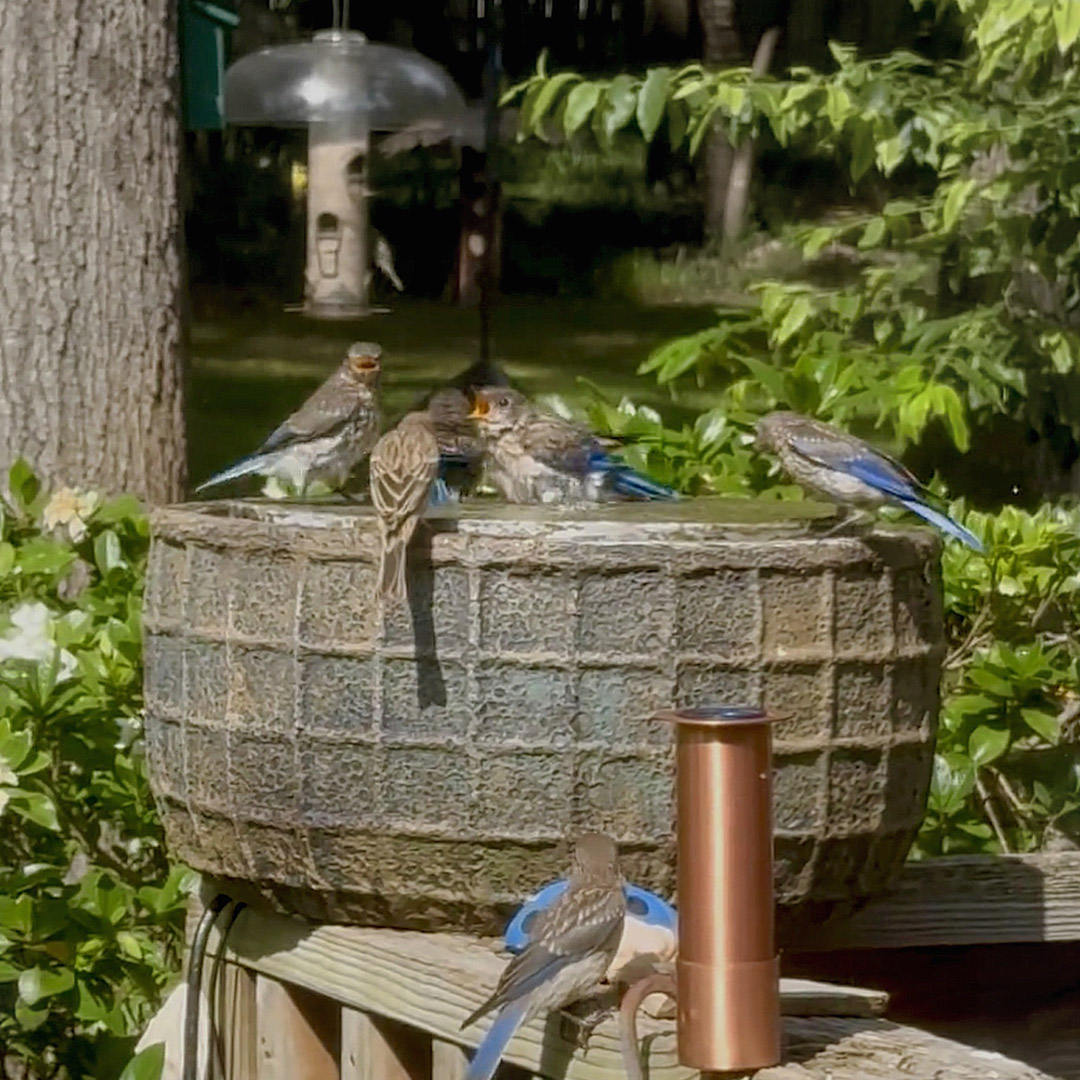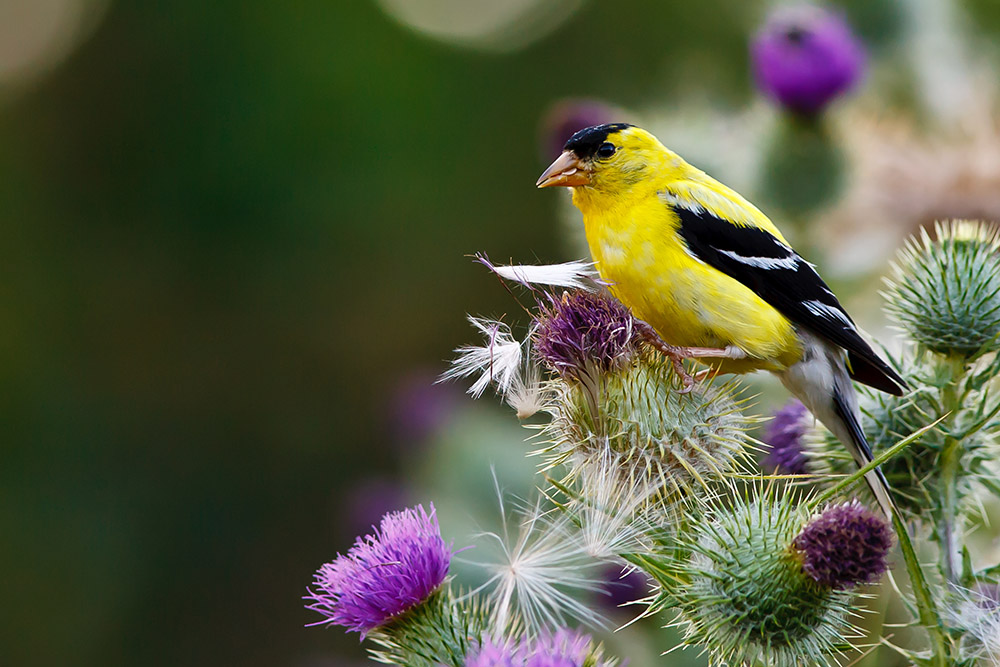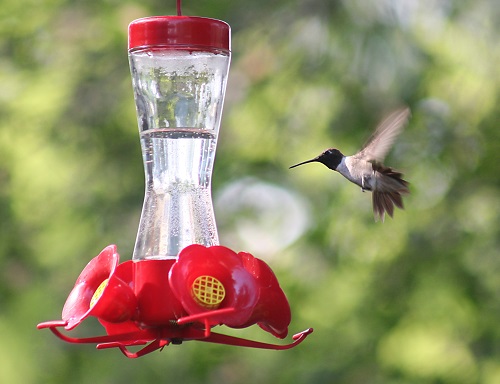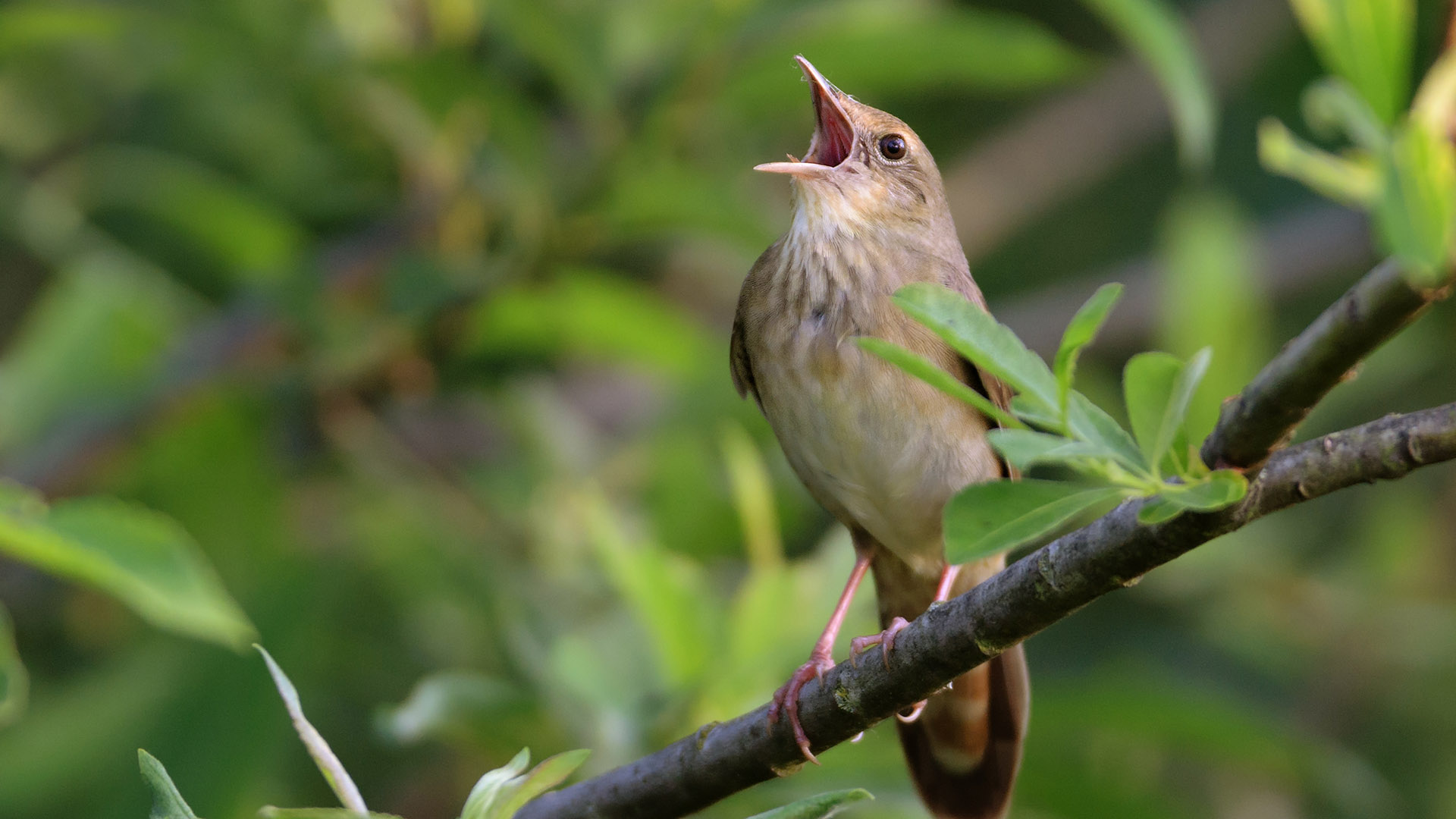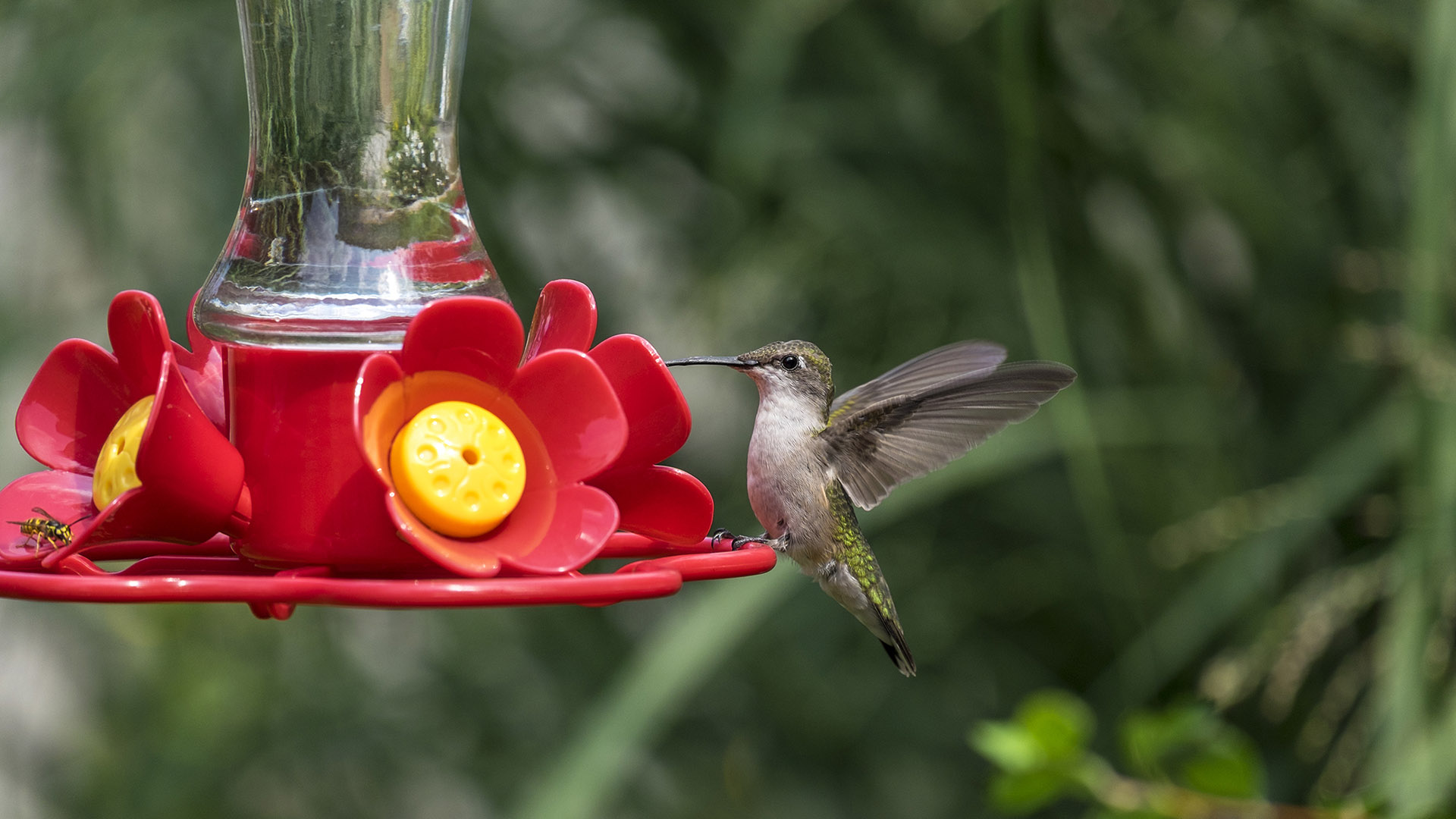Unlock the Magic of Bird Feeding This Winter
Birds play an essential role in our ecosystem, helping to control insect populations that can wreak havoc on our gardens during the growing season. They also grace us with their beauty and charming antics, especially during the cold winter months when they gather around our bird feeders. It’s no wonder that birding ranks as one of America’s favorite pastimes, second only to gardening, with around 43% of all U.S. households, or approximately 65 million people, participating each year.
Winter bird feeding isn’t just about providing nourishment; it’s also an opportunity for education. Whether you’re a child or an adult, you can easily learn to identify the feathered visitors perched just outside your window with the help of a good bird identification book.
In spring and summer, most songbirds enjoy a diet rich in insects and spiders. However, as winter sets in, non-migratory species must adapt to a diet of fruits and seeds. This is where we can lend a hand by offering carefully selected birdseed.
While it’s true that different bird species have distinct preferences when it comes to seeds, trying to provide a vast array of options can be costly. The key is to offer seeds that attract the widest variety of songbirds, and among them, black oil sunflower seed reigns supreme.
Food is a powerful magnet for attracting birds, but understanding the preferences of your feathered guests can enhance your birding experience. By offering a range of foods that cater to different species, you can create a welcoming haven for backyard birds, ensuring they visit your feeders with enthusiasm year-round.
Below is a list of birds common to our area with a list of the types of seed they prefer to eat:
